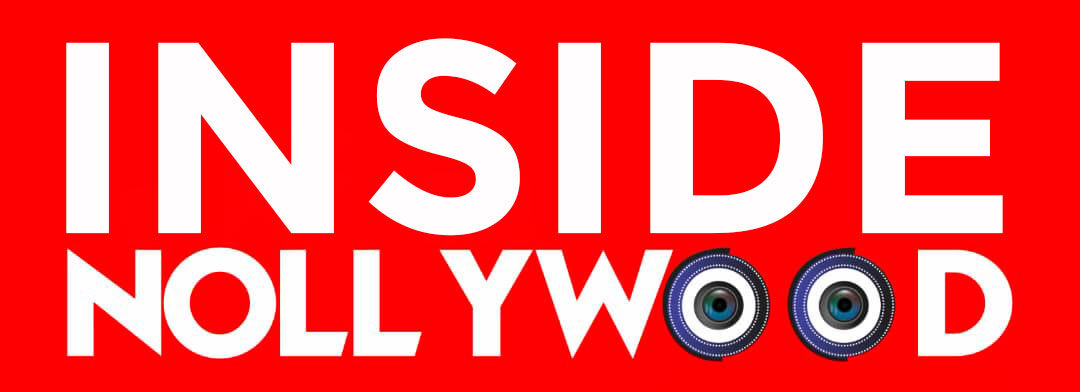UNFORGETTABLE VILIANS: THE MOST MEMORABLE ANTAGONISTS IN NOLLYWOOD HISTORY

Fellow admirers of the Nollywood! Today, we embark on a riveting journey through the shadowy corridors of Nollywood’s history – a journey that unveils the diabolical brilliance of villains who have left an indelible mark on our cinematic landscape. It is our pleasure (and terror) to guide you through the labyrinth of some of the most unforgettable antagonists that Nollywood has ever produced.
Antagonists, my dear readers, are the dark forces that infuse narratives with conflict, tension, and intrigue. They are the yin to our protagonists’ yang, the catalysts that ignite our emotional engagement.
Our journey begins with a nod to the iconic Pete Edochie, who portrayed Chief Odugwu in “Igodo.” With his commanding presence and booming voice, Edochie brought to life a tyrant whose malevolence challenged an entire village. Chief Odugwu’s embodiment of power and greed seeped through the screen, ensuring that his villainy remains etched in our memories.
Pete Edochie goes on to play the villain in many other movies, including Billionaires Club, Egg of Life, Throne of the Gods, and so many others. Although, due to time and age, the veteran now plays less “demanding” and “stressful” roles, his impression has been engraved deep in the heart of Nollywood.

We must give a honourary mention to Kanayo O. Kanayo – the maestro of sacrifices. His portrayal of Chief Justice in “Living in Bondage” and chilling embodiment of a cult leader blurred the lines between charisma and menace, leaving audiences spellbound. His portrayal was a masterclass in the art of making the audience despise and admire a villain all at once.
The saga of antagonists continues with Kanayo O. Kanayo’s “Omenuko” in the eponymous film. His portrayal of a ruthless businessman revealed the depths to which human greed can sink. The film showcased the psychological complexity of a character who exuded charm while orchestrating nefarious schemes, leaving an indelible impression on viewers.

Shifting gears to a different kind of villain, the character of Sister Maria in “Glamour Girls” brought to life the archetype of a wicked stepmother. Eucharia Anunobi’s portrayal of this manipulative matriarch drew us into a world of family intrigue and betrayals. Sister Maria’s cunning and cruelty made her a figure that audiences love to hate.

Now, let’s delve into the chilling world of Chiwetalu Agu’s villainous roles. His ability to evoke fear and revulsion was properly exhibited in “Last Burial,” where he inspired terror and superstition. From his embodiment of Chief Ekwueme in “Bloody Harvest,” a merciless village chief, to his portrayal of the cunning witch doctor Udo in “Last Burial,” Agu’s versatile villainy has left an indelible mark. He navigated morally ambiguous terrain as Chief Umeh in “Pure Love,” delved into power dynamics as Chief Ikenwa in “Mirror of Beauty,” and triggered introspection as oppressive landlord Odera in “Agony of the Christ.”
His characters’ sinister intentions and eerie demeanor laced with witty proverbial anecdotes always makes him standout in every movie.

Yet, it’s not just the male villains who have etched their names in the annals of Nollywood history. The vengeful women of “Jezebel” and “Domitila” showcase the power of female antagonists to command the screen. Eucharia Anunobi’s chilling depiction of a wicked woman in “Jezebel” and Anne Njemanze’s portrayal of the titular character in “Domitila” showcased the multifaceted ways in which female villains can dominate narratives.
The journey of unforgettable villains would be incomplete without acknowledging Late Patience Oseni. Remember End of the Wicked? Remember the ruthless witch who held no bars in perpetrating evil, from causing miscarriages, to initiating children and “sucking” blood of innocent victims? Yes, that woman is no one else but the Late Patience Oseni.
Her portrayal of a malevolent witch doctor demonstrated her ability to infuse supernatural terror into the narrative. Her character wielded power with a sense of eerie calmness, adding depth to the film’s exploration of horror and the occult.
As we journey through the tapestry of unforgettable villains, it becomes clear that these characters are not just black and white figures; they are mirrors that reflect our own complexities and flaws. They challenge our notions of morality and remind us that within the human psyche, darkness and light often coexist.
In the grand tapestry of Nollywood’s history, these unforgettable antagonists stand as pillars of storytelling prowess. Through their malevolence, they’ve stirred our emotions, ignited our imaginations, and left an enduring mark on our cinematic consciousness. These villains are a testament to the power of storytelling to explore the depths of human nature and captivate audiences through characters who are as captivating as they are chilling.
So, my fellow cinephiles, let us celebrate these unforgettable villains who have brought a symphony of darkness to our screens. In their villainy, we find the keys to understanding the human condition, exploring the boundaries of morality, and discovering the intricate threads that weave the tapestry of narrative complexity.
Author
-

Ezenwa Okonkwo is the Senior Writer, Film & TV Business at InsideNollywood.Ng. He is a well-rounded storyteller, poet, and screen writer with a flare for the silver screen. Ezenwa also has an eye for documentary-themed photography and wields a curious mind that’s constantly shifting from “what if” to “what next”.
View all posts
Related Articles
NIGERIA’S MILITARY ARE A PROBLEM TO NOLLYWOOD
As a child, I was a member of the Scout Association of...
ByAbu OnyianiOctober 22, 2024NOLLYWOOD STARS NEED COMPASSION, NOT HARSH CRITICISMS
Nowadays, it is a past time for people to criticize the lifestyle...
ByAbu OnyianiOctober 14, 2024FUNKE AKINDELE’S DECEMBER 2024 RELEASE MAY BREAK BOX OFFICE RECORDS
I just watched a video uploaded on Facebook by Collins Okoh, co...
ByAbu OnyianiOctober 12, 2024KANAYO THREATENS TO SAM-LARRY NIGERIAN PRODUCERS: WHAT IT MEANS
When 62-year-old Nigerian veteran actor and lawyer Modestus Onyekwere, who is popularly...
ByAbu OnyianiAugust 24, 2024






